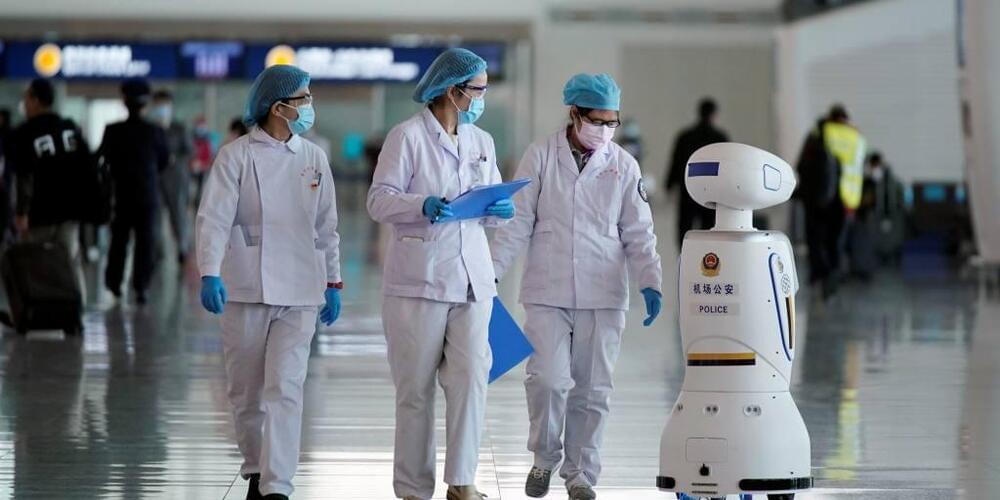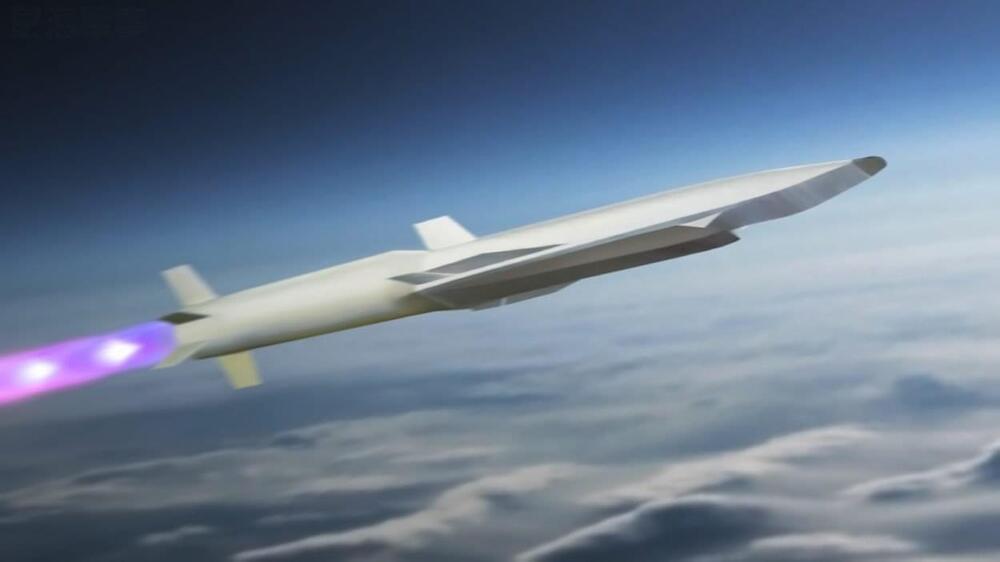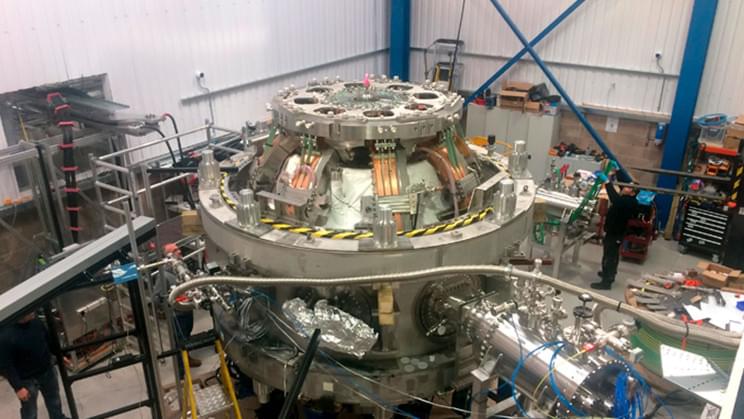Discover Zefhir’s exclusive parachute rescue system and the unique turbine helicopter destined to become the go-to brand for air mobility. Zefhir is the first helicopter in the world to be fitted with an innovative ballistic parachute rescue system.
Category: innovation – Page 158
China sets new world record in development of ‘artificial sun’
https://sc.mp/subscribe-youtube.
China has achieved a new world record in its development of a “man-made sun”, a fusion energy reactor. Scientists managed to sustain the reactor, at the extreme temperature of 70 million degrees Celsius for 1,056 seconds. In May, scientists also made a breakthrough, when they were able to achieve a plasma temperature of 120 million degrees Celsius for 101 seconds. China’s development of an “artificial” sun is part of its mission to find solutions to create limitless clean energy.
Support us:
https://subscribe.scmp.com.
Follow us on:
Website: https://www.scmp.com.
Facebook: https://facebook.com/scmp.
Twitter: https://twitter.com/scmpnews.
Instagram: https://instagram.com/scmpnews.
Linkedin: https://www.linkedin.com/company/south-china-morning-post/
#scmp #China #Chinascience

Stanford Researchers Bring “Dead” Lithium Back To Life
One of the key problems with lithium-ion batteries is that, over time, they do lose some of their battery life. This is why recycling them is so important. But what if there was a way to bring them back to life? And by this, I mean make them as good as new without recycling them. What if you could not only bring them back to life but extend the battery’s life by up to 30%?
Researchers at Stanford University along with the Department of Energy’s SLAC National Accelerator Laboratory may have done just that. No, this isn’t the beginning of a zombie horror apocalypse type of story, but it is a potentially revolutionary breakthrough.
Green Car Congress reports that the researchers might have found a way to bring rechargeable lithium batteries back to life with an increased boost to the range of battery life for both EVs and next-generation electronic devices. The study on the work has been published in Nature.

AI in 2022: What decision you need to make in the new year
What does 2022 have in store for AI in the enterprise? Will it be a robust year of world-altering developments and implementation, or will organizations struggle to gain appreciable value from an exceedingly complex technology?
In all likelihood, it will be a little of both. So as you chart a strategy for the coming year, keep an eye on what is really happening with AI right now and what remains on the drawing board.
If we look at Gartner’s AI Hype Cycle for 2021, it’s clear that the company has placed the majority of AI developments on the up-slope of the Innovation Trigger curve and at the Peak of Inflated Expectations. This includes everything from AI-driven automation and orchestration platforms to neural networks, deep learning, and machine learning. This isn’t to say that these applications are destined to crash and burn, just that they’re still more hype than reality at the moment – and Gartner expects it will be two to five years before they become productive assets in the enterprise.

A look back at recent AI trends — and what 2022 might hold
2021 was an eventful year for AI. With the advent of new techniques, robust systems that can understand the relationships not only between words but words and photos, videos, and audio became possible. At the same time, policymakers — growing increasingly wary of AI’s potential harm — proposed rules aimed at mitigating the worst of AI’s effects, including discrimination.
Meanwhile, AI research labs — while signaling their adherence to “responsible AI” — rushed to commercialize their work, either under pressure from corporate parents or investors. But in a bright spot, organizations ranging from the U.S. National Institutes of Standards and Technology (NIST) to the United Nations released guidelines laying the groundwork for more explainable AI, emphasizing the need to move away from “black-box” systems in favor of those whose reasoning is transparent.
As for what 2022 might hold, the renewed focus on data engineering — designing the datasets used to train, test, and benchmark AI systems — that emerged in 2021 seems poised to remain strong. Innovations in AI accelerator hardware are another shoo-in for the year to come, as is a climb in the uptake of AI in the enterprise.


Big Boost To China’s Hypersonic Technology; Engineers ‘Crack Codes’ Of A Highly Innovative, ‘Miracle’ Engine?
Chinese scientists are celebrating the success of a new hypersonic engine, according to reports. The past few months have been important for China in terms of the success of its hypersonic technologies.
Not only did the country get a new wind tunnel ready for tests of hypersonic weapons but it is also developing a hypersonic passenger plane. The fact that the country is in possession of a nuclear-capable hypersonic weapon system that is orbital in nature was also revealed less than a month ago.
Now, the successful testing of this engine will pave way for more advanced developments in components used for hypersonic flight, SCMP reported.

Why Are Humans the Only Animals That Cry When They’re Sad?
The propensity to cry emotional tears is uniquely human. Of all the claims to human exceptionality—consciousness, intelligence, innovation—it is the liquid that falls from our eyes when we are sad, happy, jealous, angry, and grateful, more than anything else, that we can call ours, and ours alone.
And yet the act of emotional crying is poorly understood. There is remarkably little consensus about the purpose of crying, its underlying physiology, and its impact on our moods. “What intrigued me about crying is how few people in the world have been studying it,” said Lauren Bylsma, an assistant professor of psychiatry and psychology at the University of Pittsburgh. “You would think with such a ubiquitous and important behavior, there would be more known about it.”

Tokamak Energy Has Just Made a Breakthrough in Nuclear Fusion
Magnets could be the ‘secret sauce’ required for viable nuclear fusion.
Tokamak Energy, a company working on nuclear fusion technology, has recently announced a major breakthrough in its research and development. Testing of its cryogenic power electronic technology for its superconducting magnet’s high-efficiency operation was, by all accounts, a big success.
The company’s bid to provide the world with near-limitless energy uses a combination of spherical tokamaks and high-temperature superconducting (HTS) magnets. According to reports, tests of the new power electronics showed twice the efficiency of previous systems.
“We have now invented a new type of cryogenic power supply, based on the latest power electronics devices, that is highly efficient at low temperatures. This means we have the potential to reduce cryogenic capital and running costs for HTS magnets, by 50%, or more. This novel approach will provide significant cost savings, contributing to the achievement of commercial fusion energy,” said Tokamak Energy CEO Chris Kelsall.
Full Story: